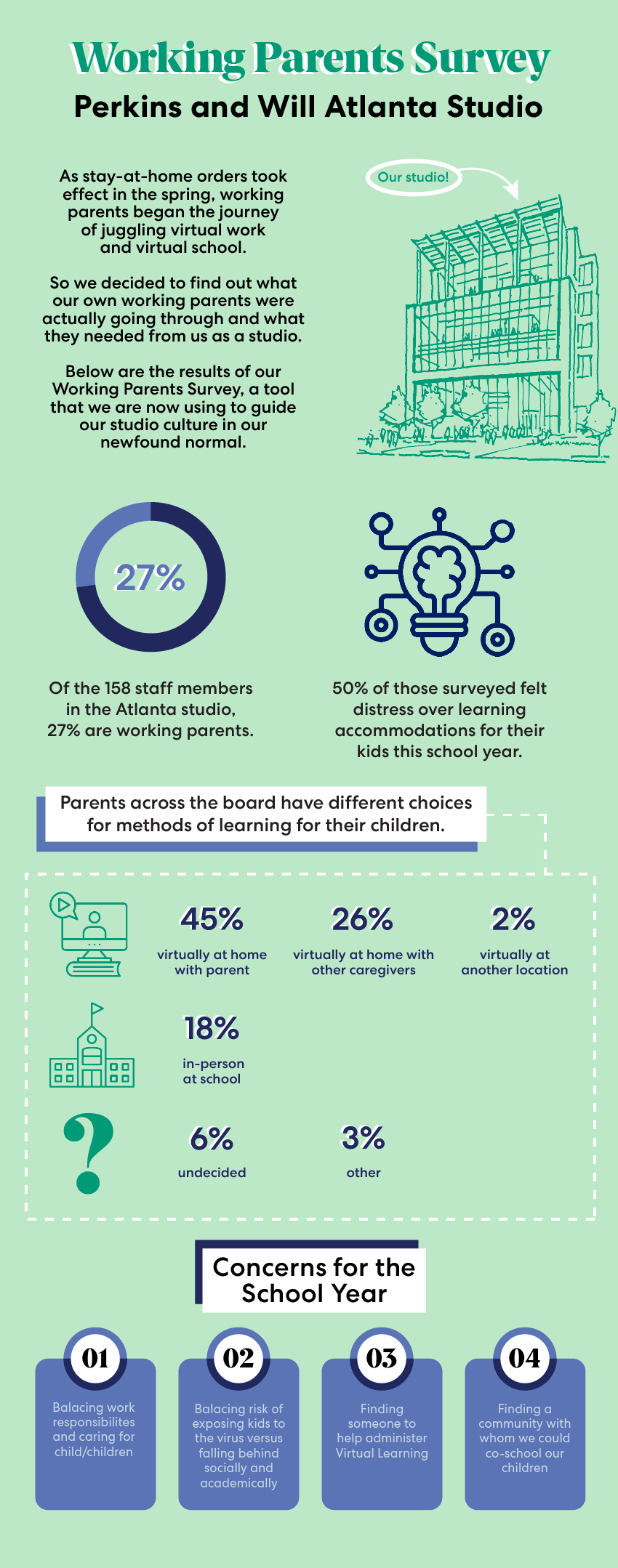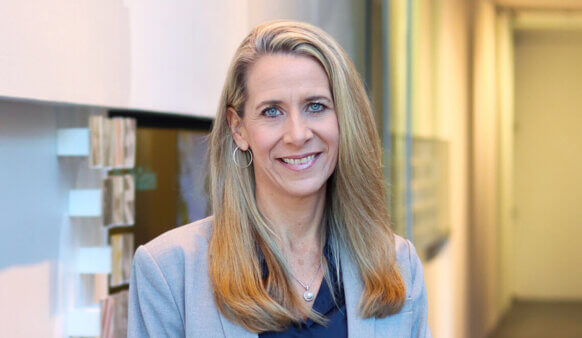The household has always been a cornerstone of economics. It just wasn’t taken seriously by economists until 1931, when a woman, Margaret Reid, argued that it is “our most important economic institution” in her doctoral dissertation for the University of Chicago. “With few exceptions,” Reid observed, “the interest of economists has been concentrated on that part of our economic system…organized on a price basis. The productive work of the household has been overlooked, even though more workers are engaged in it than any other single industry.”
Reid’s argument isn’t likely to raise many eyebrows today—at least not in most developed economies. And yet. Among the many hard lessons the current pandemic has to teach us about how our economy works, the intimate relationship between household labor and price-based productivity is poking at our assumptions again. As summer 2020 quickly fades from view, the competition between work-at-home and school-at-home is testing working parents of school-age children the most.
With working parents in mind, we in our studio were as quick to institute flexible hours for our employees as we were to adapt to our clients’ needs for remote-work solutions and in-person safety. If we were going to be responsible for helping our clients get their houses in order, we needed to stay on top of keeping our own house in order first. So just as quickly we began to anticipate the challenges the new school year would bring, and we started collecting the data.
According to a pair of reports out this summer from JLL, 34 million workers (or one-quarter of all employees) in the U.S. care for at least one child under the age of 14. Based on plans for school reopening across the U.S., JLL forecast that up to 25 million office-using employees would not be able to return to the office because their childcare resources had changed. With school reopenings underway, Fast Company recently published a report on how the “second shift” phenomenon is affecting families and what companies are doing to support their working parents and working mothers in particular.
It was clear from the outset that flexibility would continue to be essential. It is now abundantly clear that flexibility will not be enough if we are going to retain the talent and size of our workforce. We saw the need to double down on an organizational culture of understanding, support, and collective strength.
So we decided to find out what our own working parents were actually going through and what they needed from us as a studio. The Working Parents Survey was born.
One of many staff surveys that have been instrumental in our practical approach to maintaining our workforce and morale in the face of the pandemic’s economic impact, the Working Parents Survey gave voice to the collection of ever-shifting needs in our studio. Homing in on the working parents and their back-to-school needs allowed studio leadership to hear that critical conversation and empowered them to make more informed decisions about employee health and well-being.
We want to share some of the key findings of our Working Parents Survey and the strategies our studio is implementing to respond to our working parents’ needs. Obviously we are invested in keeping our workforce intact. We think what makes us resilient is that we are equally invested in a culture that empowers our talent to do their best work—and love the effort it takes to shine.


